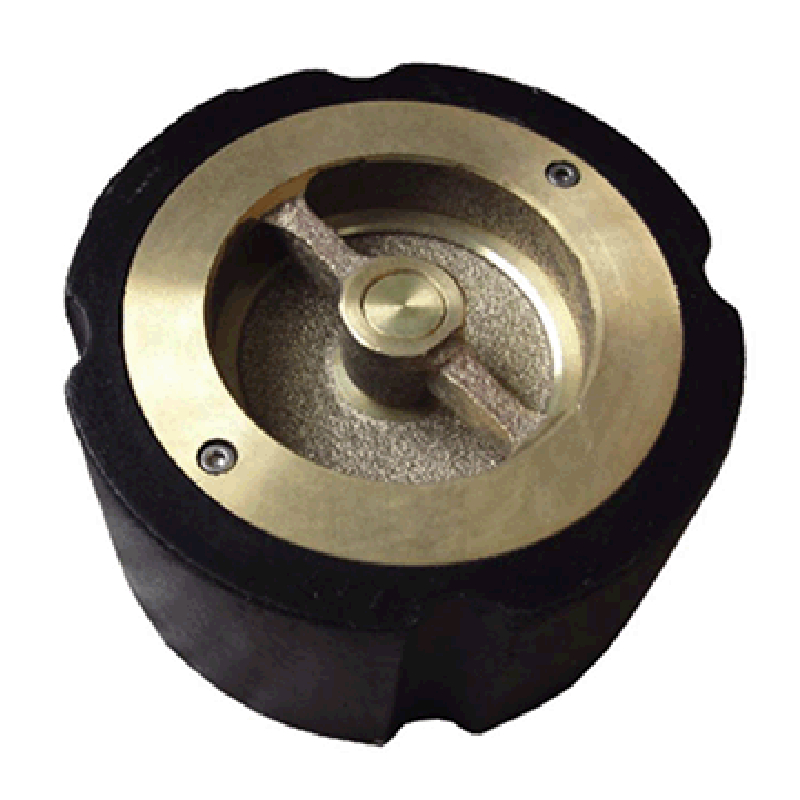Жел . 25, 2024 07:43 Back to list
low pressure check valve
Understanding Low Pressure Check Valves Function, Application, and Importance
Low pressure check valves are essential components in various fluid systems, designed to ensure that fluid flows in only one direction. These valves are critical in applications where maintaining the integrity of fluid flow is necessary to prevent backflow, protect equipment, and optimize operational efficiency. In this article, we will delve into the function, types, applications, and importance of low pressure check valves.
Function and Mechanism
The primary function of a check valve is to protect the system from backflow, which can lead to severe operational issues. In the case of low pressure systems, these valves open when the pressure from the upstream side exceeds the pressure from the downstream side. This allows the fluid to flow through the valve, while the internal mechanism, such as a ball or flap, closes when there is a drop in pressure or a reverse flow, thereby preventing backflow from the downstream side to the upstream side.
Low pressure check valves operate effectively under conditions where the pressure is lower than typical industrial standards. They are specifically designed to function optimally in systems that operate at reduced pressures, making them vital in applications such as water supply systems, chemical processing, and HVAC systems.
Types of Low Pressure Check Valves
There are several types of low pressure check valves, each suited for specific applications
1. Swing Check Valves These valves utilize a swinging disc or plate that opens and closes with the flow of fluid. They are widely used in water systems and are favored for their simple design and effective sealing capability.
2. Ball Check Valves In these valves, a ball sits in the valve seat and is lifted by the fluid flow, allowing passage. When fluid flow stops, gravity causes the ball to fall back into the seat, preventing backflow. They are typically used in low pressure applications where space is at a premium.
3. Lift Check Valves These valves contain a disc that moves vertically within the valve body. The valve opens with the forward flow and closes when flow stops, providing reliable backflow prevention. They are suitable for applications where the pressure remains stable.
low pressure check valve

4. Diaphragm Check Valves Utilizing a flexible diaphragm, these valves can provide excellent sealing and are commonly used in sanitary applications and corrosive environments.
Applications of Low Pressure Check Valves
Low pressure check valves find applications in various industries including
- Water Treatment They are crucial in maintaining the direction of flow in water treatment plants to prevent contamination from backflow. - HVAC Systems Used in heating and cooling systems to ensure efficient fluid circulation. - Chemical Processing They help in transporting chemicals safely without the risk of backflow, ensuring system integrity and chemical purity. - Irrigation Systems Check valves prevent water from draining back into the supply line, optimizing water usage.
Importance of Low Pressure Check Valves
The significance of low pressure check valves cannot be overstated. Their ability to prevent backflow protects pumps and other equipment from potential damage and ensures the smooth operation of fluid systems. Furthermore, they contribute to energy efficiency by maintaining steady flow rates and minimizing disruptions.
In addition, the use of low pressure check valves can enhance safety and reduce the risk of leaks and spills, which can have disastrous environmental impacts.
Conclusion
In conclusion, low pressure check valves are pivotal components in numerous fluid systems. Their efficient design allows them to function effectively under low pressure conditions, making them indispensable in various industries. Understanding their types, functions, and applications can help engineers and operators optimize their systems, ensuring reliability, safety, and efficiency. As technology advances, the design and materials used in these valves will continue to evolve, further enhancing their performance and longevity.
Share
-
Reliable Wafer Type Butterfly Valves for Every IndustryNewsJul.25,2025
-
Reliable Flow Control Begins with the Right Ball Check ValveNewsJul.25,2025
-
Precision Flow Control Starts with Quality ValvesNewsJul.25,2025
-
Industrial Flow Control ReliabilityNewsJul.25,2025
-
Engineered for Efficiency Gate Valves That Power Industrial PerformanceNewsJul.25,2025
-
Empowering Infrastructure Through Quality ManufacturingNewsJul.25,2025